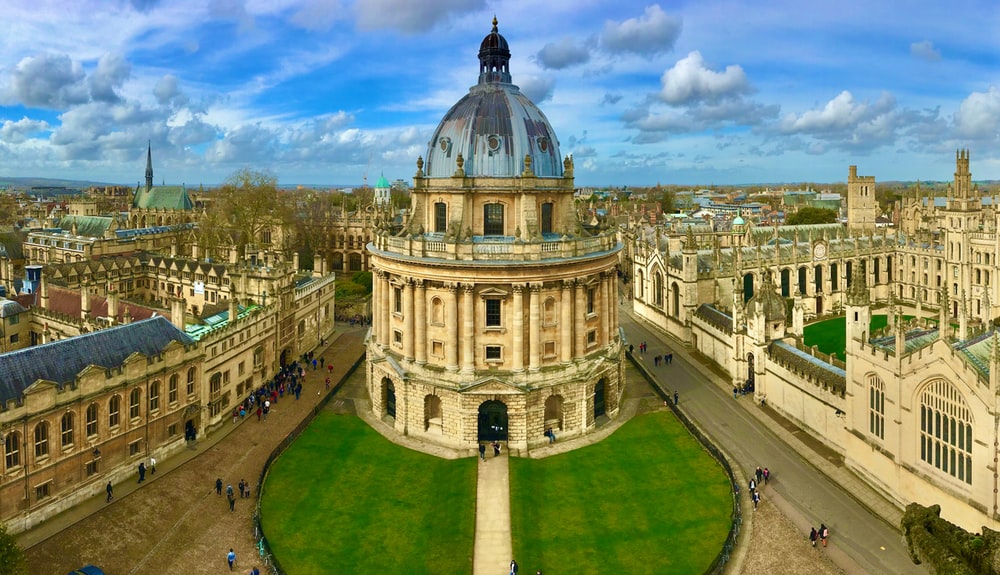The picture of the UK’s best research is that universities themselves have a rich and influential experience stretching back centuries before dawn. These organizations, which emerged during a period of great social and strong changes, played an important role in the cultural, scientific and political structure of the country. This article explores the early universities in the UK and also explores their origins development and long-term impact.

From Monasteries to Institutions: Higher Education Institutions
The original seeds of universities in the UK date from the 11th century, which are located in monasteries. These spiritual institutions were educational institutions, had important libraries and manuscripts, and preached scientific discussions with religious leaders. However, it become the 12th century that witnessed the emergence of dedicated UK universities, pushed with the aid of the burgeoning want for educated clergy and the increasing influence of highbrow pursuits.
Medieval Beginnings (eleventh-13th centuries)
- Monastic Education: Education became predominantly provided by using monasteries and cathedral schools, specializing in non secular education and basic literacy.
- Emergence of Universities: By the late eleventh and early twelfth centuries, rudimentary forms of higher training commenced to broaden in Oxford and Cambridge, motivated through continental fashions.
- European Influence: The established order of universities in Paris and Bologna served as fashions for the fledgling establishments in England, shaping their organizational structure and curriculum.
Oxford University
- Original Constitution: Although the exact date of its foundation is unknown, ’ evidence indicates that the first Oxford doctrine existed differently, in the 11th century before.
- Official Recognition: In 1214, Pope Innocent III granted him a bull over the University of Oxford, which gave him power and authority.
- Evolution: Over the following centuries, Oxford grew and became popular, attracting students from all over Europe and looking for work as an important center of knowledge.
Cambridge University
- Immigrant Scholar: Cambridge University began migrating among Oxford students in the early 13th century, where’ sought an environment of great practical value.
- Orders made by colleges associated with Constituent Colleges: Peterhouse (1284) and Pembroke (1347) established university tactics, which published could indicate Cambridge’s academic position.
- Royal Charter: Like Oxford, Cambridge received royal popularity and charters, granting it certain privileges and freedoms in educational governance.
Understanding the Structure and Curriculum of early universities in the UK
University System
- Reference College: Oxford and Cambridge students living and studying in the private sector develop community experiences and provide pastoral care.
- Education: Each university has its own faculty that supports its students through training, personal training and mentoring.
- Academic Freedom: Although schools are affiliated with universities, they have gained considerable autonomy in academic matters, which include the development and delivery of programmes.
Curriculum and Leather
- Trivium and Quadrivium: Ancient university education has become classical humanities, such as minimalism (grammar, astronomy, wisdom) and quadrivium (math, geometry, song, astronomy).
- Scholasticism: The dominant highbrow framework of the time, scholasticism, emphasized the use of purpose and common sense to discover theological and philosophical questions.
- Teaching Methods: Instruction by and large took the form of lectures, disputations, and debates, with students anticipated to interact seriously with the material and protect their positions via reasoned argumentation.
Analysis of the Development and impact of the First University
Expansion and Prestige
- European Training Centers: Oxford and Cambridge are genuine intellectual research centers, ’ attracting students and students from all over Europe.
- Mental Exchange: The university is a center of discussion and development and ’ covers education, philosophy, medicine and management.
- Cultural Influences: Oxford and Cambridge’s high productivity greatly influenced the broader cultural and intellectual landscape of the Middle Ages, shaping the development of literature, technology and education.
Actual Rights and Advantages
- Legal Recognition: Legal issues of the Kingdoms of England gave the colleges dignity and privileges by declaring their power and independence.
- Autonomy: These traditions have given universities greater opportunities to regulate themselves, legislate and make changes in academic activity, laying the groundwork for maintaining autonomy and institutional autonomy.
Fighting Challenges and Changes
Religious and Political Crises
- End of the Reformation: The Reformation in Britain and subsequent non-secular conflicts have called into question the Union’s traditional authority and ideology and sparked debate in the academic sector.
- Political Criticism: Universities were often involved in politics at the time, as kings and governments sought to change non-secular academic subjects and higher discourse.
Renaissance and Humanity
- Renewed interest in Classical Education: The Renaissance increased the interest of Oxford and Cambridge students in classical theology and humanitarian theology.
- The Impact of Education: Humanism casts doubt on the predominance of academic and religious studies, has expanded the scope of academic examinations and has adopted a broader international F system.
Impact and Heritage: Education and Development
- Impact: Memorizing information, promoting mental change, creating new ideas, training generations of scientists and leaders.
- Heritage: A culture of continuous excellence in learning, a commitment to research and innovation, a colorful mountain landscape.
Basic University Restrictions: Restrictions on Educational Programs
- 19th Century: Red Brick University is for the general public and is a presentation of a more realistic topic.
- Current Debate: Creation of space products, diversity, better learning.
Result: Continued Legacy at early British Universities
Early universities in the UK played an important role in the formation of the European front in the Middle Ages, as in the early Middle Ages Oxford and Cambridge had a reputation for secondary education, and are now today’s successful educational institutions. Despite the great changes and current processes that have taken place over the centuries, these prestigious institutions have consistently participated in academic excellence and academic research.
- The research of the first university sheds light on an interesting historical section, followed by intellectual interests, social issues and sustainable skills.
- The legacy of these early institutions shaped the colourful landscape of English language teaching and shaped our common destiny.